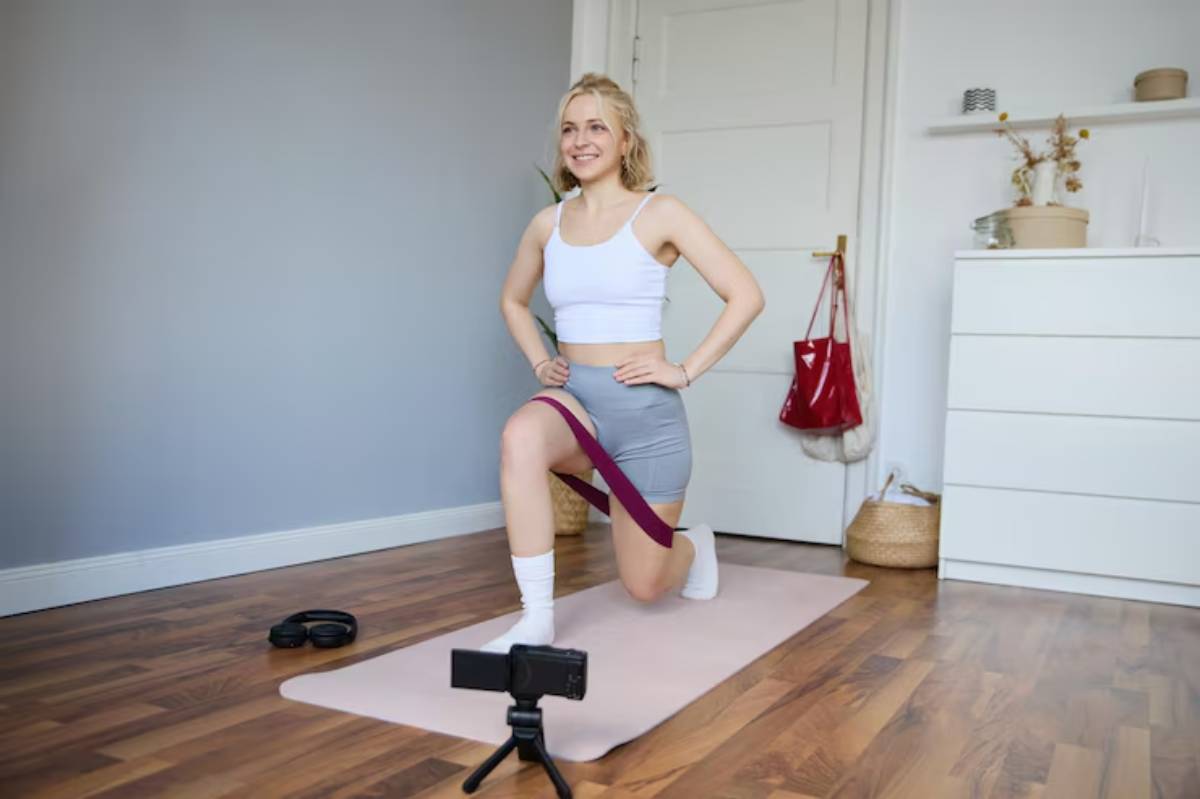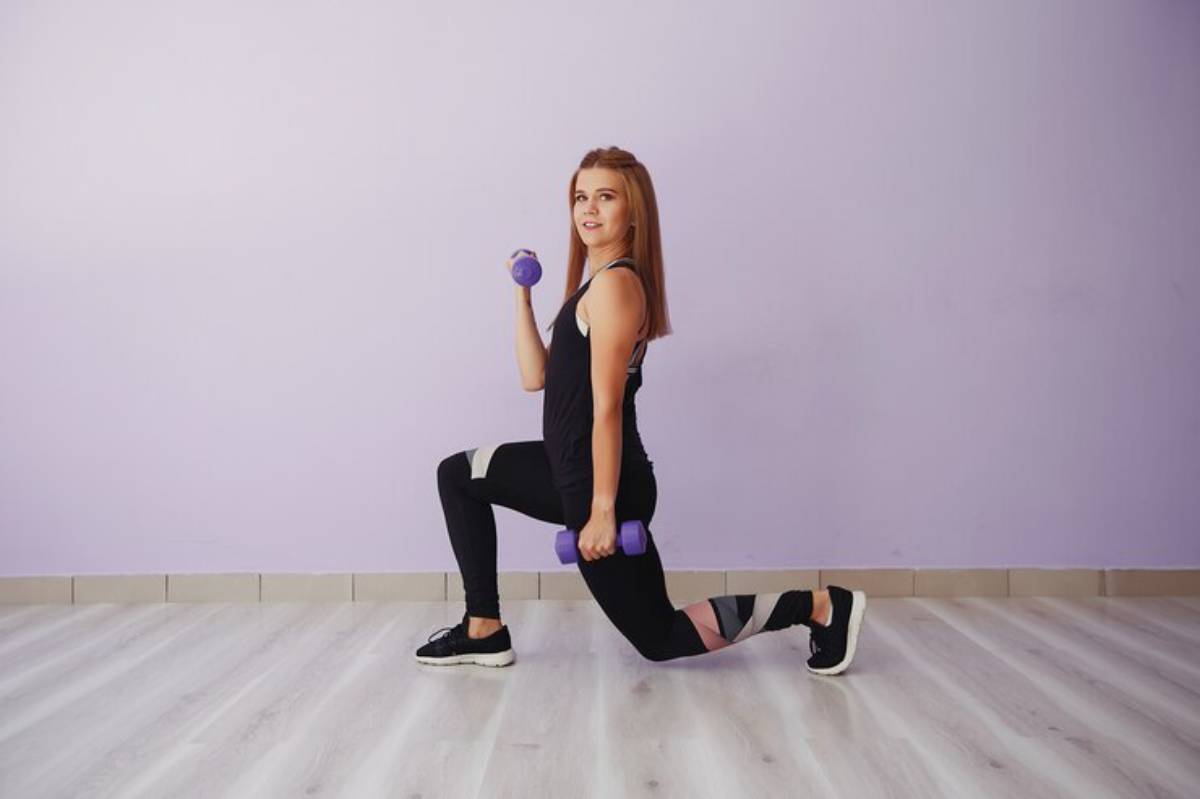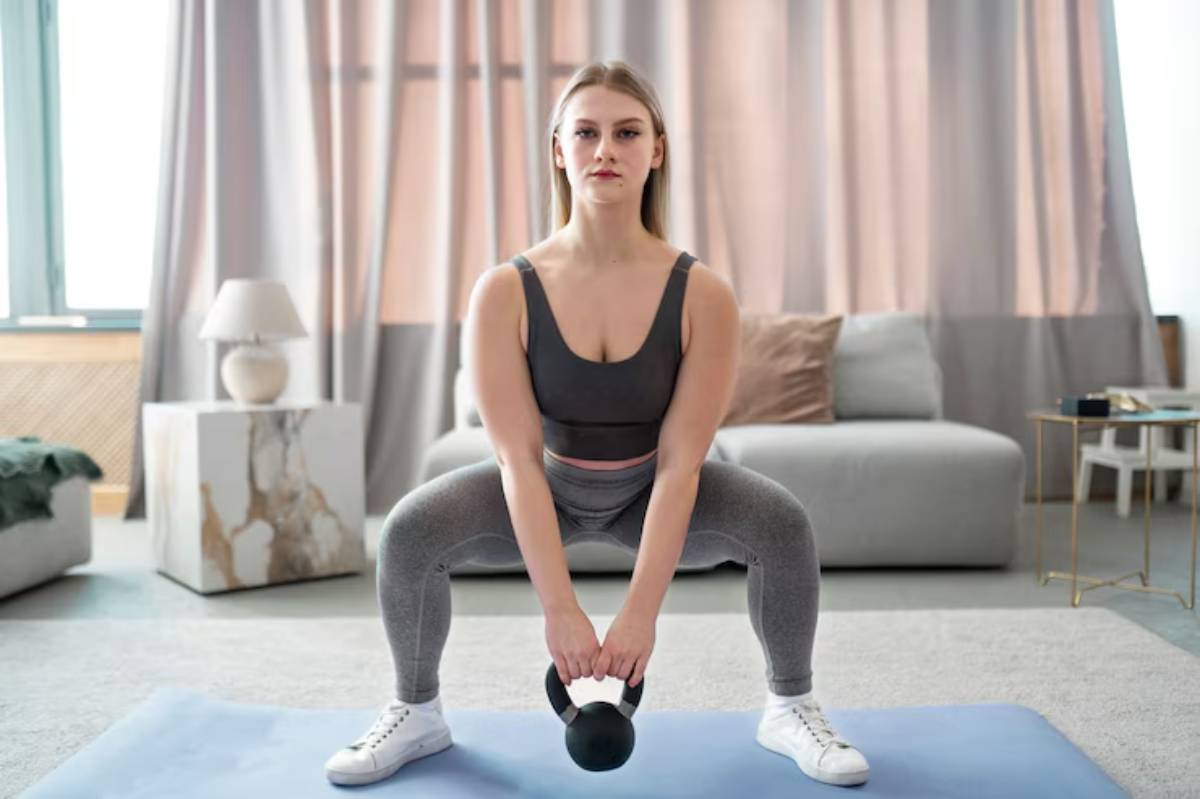
Dumbbell Leg Workouts for Women at Home
Think you need a fancy gym setup to build strong, toned legs? Think again. With just a pair of dumbbells and some open floor space, you can sculpt your quads, hamstrings, and glutes — all from the comfort of home.
Whether you’re juggling a busy schedule, avoiding crowded gyms, or simply prefer working out in your living room, home leg workouts using dumbbells are a powerful way to build lower body strength without sacrificing time or results.
In this guide, we’ll break down how to train your legs at home using just dumbbells, which movements are most effective, how to progress without machines, and how to build a weekly plan that keeps you challenged and consistent. By the end, you’ll have the tools (and motivation) to train smarter, get stronger, and feel empowered — no gym required.
Why Dumbbells Are Enough
Simple tools, serious results
Dumbbells offer versatility, portability, and progressive resistance — everything you need to:
- Challenge your muscles
- Improve strength and tone
- Work across all movement patterns
When used properly, dumbbells allow you to train your entire lower body through hip hinges, squats, lunges, and step-ups — mimicking many of the same benefits you’d get from machines or barbells.
Perfect for functional movement
Most dumbbell leg exercises use multiple joints and mimic everyday actions, improving:
- Balance and stability
- Core engagement
- Real-world strength
And unlike machines, dumbbells allow for natural movement paths, reducing joint strain and improving muscle recruitment.
The Muscle Groups You’ll Target
To create a well-rounded leg workout, you’ll want to hit the major lower-body muscle groups:
- Quadriceps: Front of the thighs, responsible for knee extension
- Hamstrings: Back of the thighs, involved in hip extension and knee flexion
- Glutes: Your largest, most powerful muscles — key for hip power and posture
- Calves: Support ankle movement and contribute to overall leg shape
A smart routine works all of these in balance — not just one or two.
Best Dumbbell Leg Exercises for Women at Home
Here are the core movements that deliver results without taking over your entire living room:
1. Goblet Squats

Targets: Quads, glutes, core
How to: Hold a dumbbell vertically at your chest. Squat down, keeping your chest lifted and knees tracking over toes. Stand back up by pushing through your heels.
Why it works: Strengthens the legs and core with great form control — perfect for small spaces.
2. Dumbbell Romanian Deadlifts
Targets: Hamstrings, glutes, lower back
How to: Hold a dumbbell in each hand in front of your thighs. Hinge at the hips, keeping your back flat, and lower the weights down your legs. Return by squeezing your glutes.
Why it works: Builds posterior chain strength and enhances hip mobility — ideal for posture and injury prevention.
This is also a foundational lift found in more advanced routines like the 4-day upper/lower training plan for strength, adapted here for home use.
3. Bulgarian Split Squats
Targets: Quads, glutes, hamstrings
How to: Stand in front of a chair or bench. Place one foot behind you, resting on the chair. Hold dumbbells at your sides and lower into a lunge. Push back up using your front leg.
Why it works: Unilateral training to correct imbalances and increase leg definition — no bulky equipment required.
4. Dumbbell Step-Ups
Targets: Quads, glutes, calves
How to: Step onto a sturdy chair or box with one leg while holding dumbbells. Press through your front heel to lift yourself up. Step down and switch legs.
Why it works: Builds functional strength and cardiovascular endurance in one powerful move.
5. Dumbbell Glute Bridges
Targets: Glutes, hamstrings
How to: Lie on your back, knees bent, feet flat. Place a dumbbell on your hips and thrust upwards, squeezing your glutes at the top. Lower slowly.
Why it works: Builds glute strength without stressing the knees — great for beginners and advanced lifters alike.
This also complements glute-dominant routines such as those featured in best glute-building exercises with weights.
6. Dumbbell Calf Raises
Targets: Calves
How to: Stand tall with dumbbells at your sides. Raise your heels off the ground, hold at the top, then lower with control.
Why it works: Shapes and strengthens your lower legs, often neglected in home training.
How to Structure a Weekly Dumbbell Leg Plan
The key to consistent progress is not just doing the right exercises — but doing them in a structured way.
Here’s how you might build a week around home dumbbell workouts:
Example 3-Day Split
Day 1 – Strength & Control
- Goblet Squats – 3 sets of 10
- Dumbbell RDLs – 3 sets of 12
- Glute Bridges – 3 sets of 15
Day 3 – Unilateral Focus
- Bulgarian Split Squats – 3 sets of 8 each leg
- Step-Ups – 3 sets of 10 each leg
- Calf Raises – 3 sets of 20
Day 5 – Burn & Tone Circuit
- 2 Rounds (minimal rest):
- Goblet Squats x 15
- RDLs x 12
- Step-Ups x 10
- Glute Bridges x 20
- Wall Sit – 45 seconds
Add cardio or mobility work on alternate days, or use as active recovery.
Tips for Progress Without a Gym
1. Track your weights
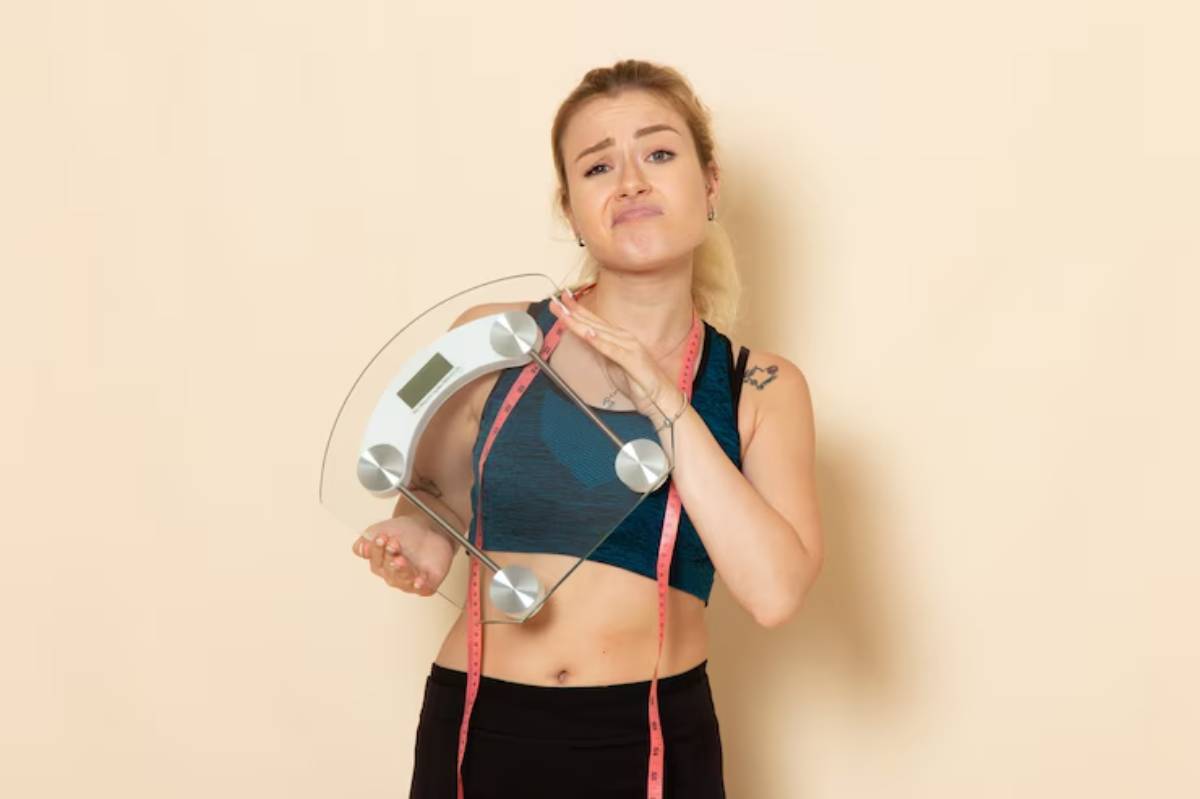
Even at home, progressive overload matters. Log your reps and aim to increase resistance or reps each week.
2. Slow down your tempo
Moving more slowly increases time under tension, which helps muscles grow and strengthens connective tissue.
3. Increase range of motion
Elevate your front foot during split squats or use a deeper seat for goblet squats. The greater the stretch, the better the activation.
4. Add holds or pulses
Isometric holds and bottom-range pulses boost intensity without extra weight — great for advanced toning.
Benefits Beyond Muscle
Dumbbell leg workouts at home aren’t just about shaping your thighs — they offer real-life strength and functional fitness benefits:
- Improved balance and coordination
- Reduced injury risk (especially for knees and lower back)
- Increased mobility and flexibility
- Enhanced fat burn due to full-body effort
- Stronger joints and better bone density
They also help women feel more confident moving heavy loads in daily life — from lifting a child to carrying groceries up stairs.
Real-Life Results from At-Home Training
Rekha, 32 – Working mum of two:
“After switching to home workouts during lockdown, I started using dumbbells and following a consistent plan. I was surprised how quickly my legs felt stronger, and my knee pain actually improved.”
Shanaya, 28 – Content writer:
“I used to think I needed the gym to build muscle. But goblet squats and step-ups at home challenged me more than I expected — and I actually enjoy training now because it’s flexible.”
These kinds of outcomes aren’t exceptions — they’re the result of structured, consistent training with simple tools and intentional focus.
Why Home Dumbbell Workouts Really Work
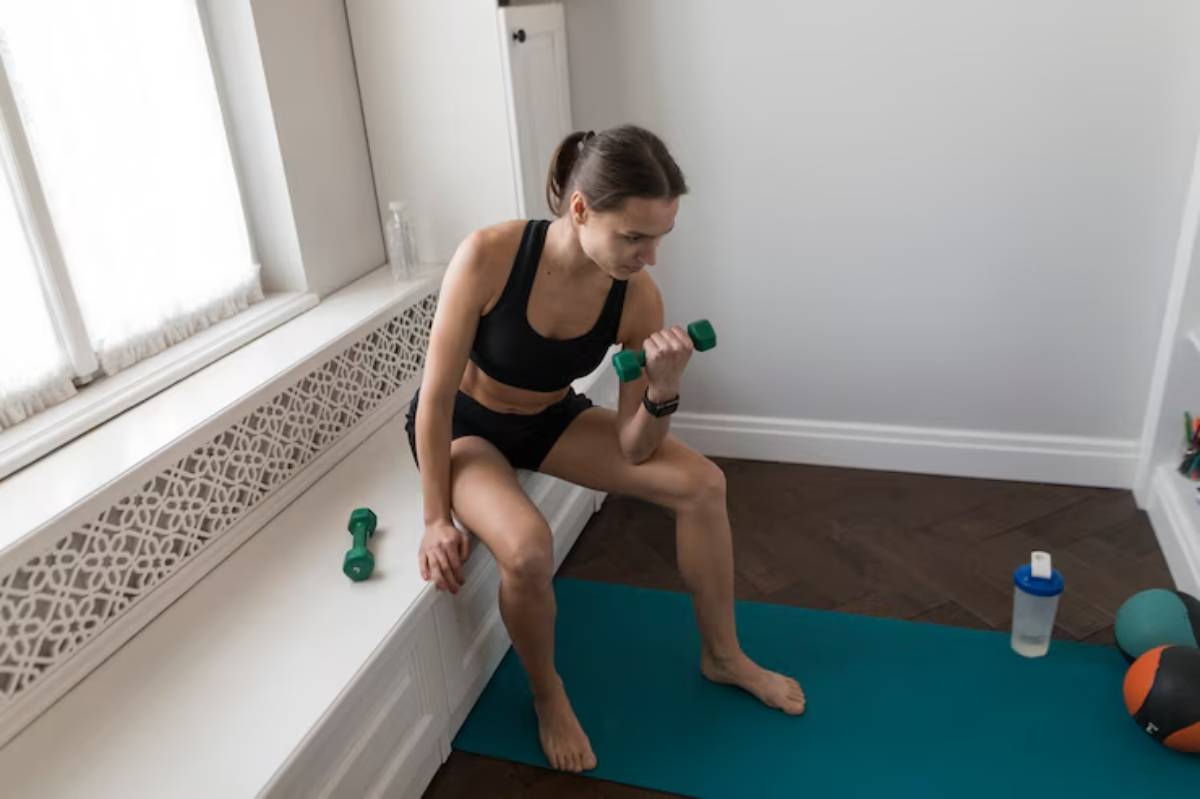
No gym? No problem. A pair of dumbbells and a solid plan is enough to build leg strength, improve endurance, and create the toned, functional lower body you’re aiming for.
You don’t need machines, a trainer hovering over you, or endless sets to make progress. So grab those dumbbells, find a spot on the floor, and start building strength where you are — one rep at a time.
